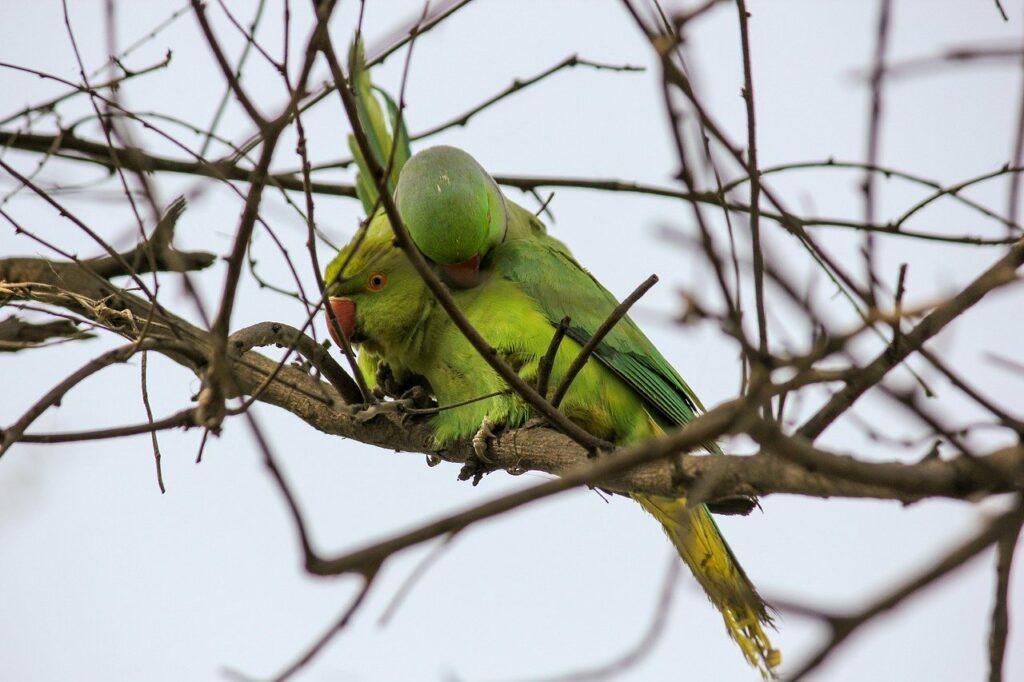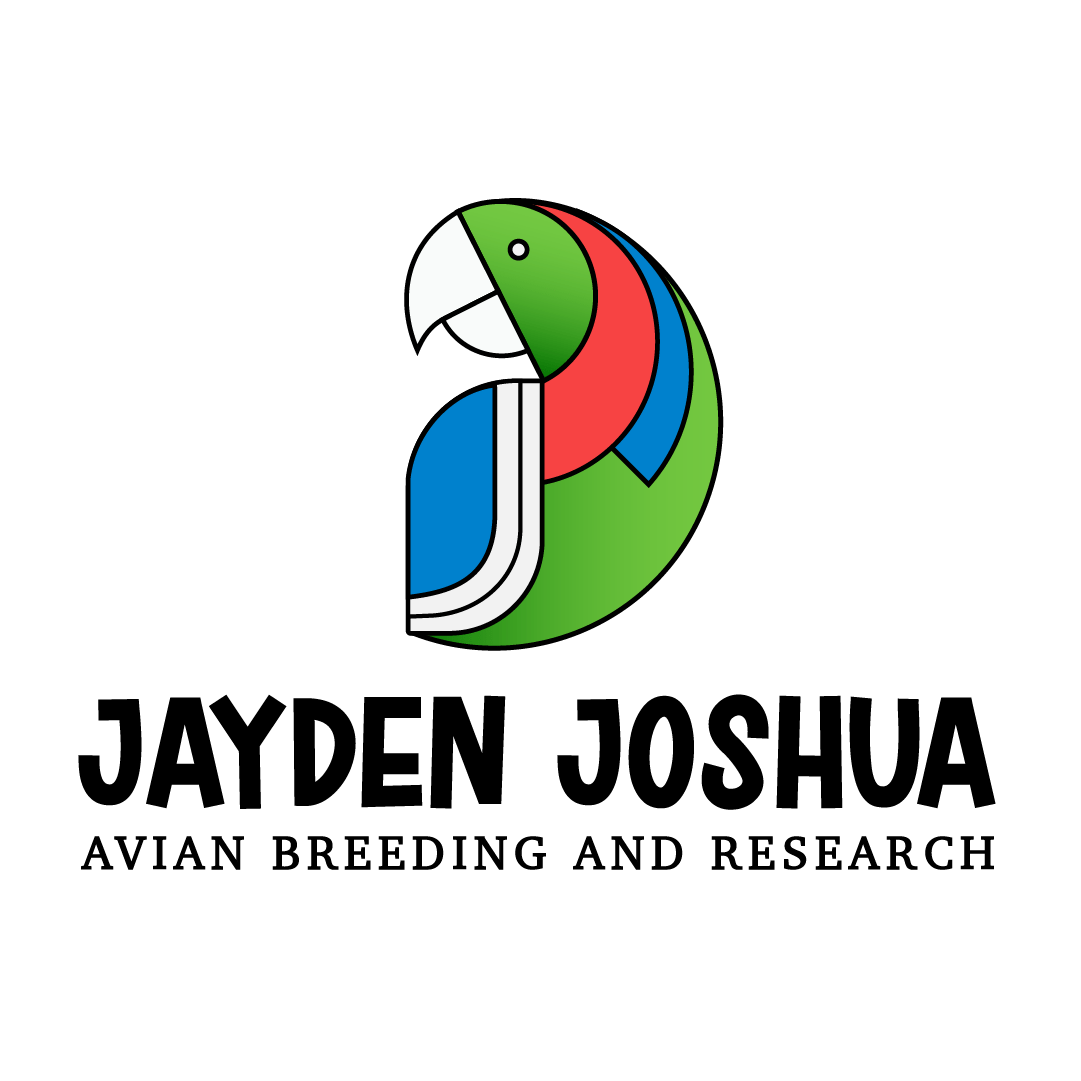Among bird breeders the topic about Inbreeding brings out different opinions and perspectives for ages. Inbreeding is viewed by many as the ultimate sin. However, I think we will gain a better knowledge of it and possibly even change some of our opinions, if we examine some of the solid arguments in favour of intelligently controlled inbreeding of birds.
What Is Inbreeding?
Inbreeding is defined as mating between individuals that are genetically related.

It is the mating of related birds who are either close or distant, own brothers and sisters, medium-close relatives such as a father and daughter or granddaughter, extremely distant relatives such as second cousins. In order to create a particular desirable strain, studs of any of these are typically inbred to some extent, which may highlight that stud.
Line Breeding
The mating of a male bird to several distinct females or even a female to several chosen males is an example of line breeding. The original male might then be mated to his daughter and later his granddaughter. Also a son can mate with his mother and half-sister. The offspring of these matings could then be matched back to the original male. The initial setup may take some time, but eventually we will have a good stud with all of his offspring carrying at least some of his genotype and being line-bred from the original. Of course, trying to mate the best specimens is the most crucial step in the entire process. If one wants to know which birds are connected and how they are linked, bird ringing and keeping good breeding records are both crucial.
Advantages Of Inbreeding

A single live cell is made up of many pair of birds chromosomes, each of which carries genes that are responsible for passing on a parent bird’s traits to its offspring. This cell serves as the basic unit of life. These genes will regulate every aspect of the bird, including size, colour, sex, behaviour, feather fineness, fertility, eye colour, and overall appearance.
Inbreeding makes it possible for the breeder to identify and remove damaging recessive genes from the population.
How to Inbreed Properly
Inbreeding is a cumulative process, which increases homozygosity and decreases heterozygosity.
When considering birds for an inbreeding project, birds can be broadly split into two classes.
- Homozygous Gene
- Heterozygous Gene
Homozygous, meaning the genes that pair up are similar. Heterozygous, meaning the genes that pair up are not similar types.
In First Generation of Inbreeding, it increases Homozygosity by 50% and decreasing heterozygosity by 50% and it keeps going on for further generations. Continuous inbreeding eliminates heterozygosity from the population, increases homozygosity, and creates homozygous stocks of dominant or recessive genes.
- F1 – 50% Heterozygosity reduction
- F2 – 62.50% Heterozygosity reduction
- F3 – 75% Heterozygosity reduction
- F4 – 87.5% Heterozygosity reduction
- F5 – 100% Heterozygosity reduction

Which means, continued mating of inbreed birds for more than six generations lead to severe genetic disorder because the genetic makeup of the juvenile bird will be almost homozygous which means there is no Heterozygosity in it.
The juvenile birds born after six generations will suffer from
- Reduced Fertility
- Higher Infant Mortality
- Smaller Size
- Loss of Immune System
- Increase Cardiovascular Risks
Outcrossing: Overcoming the Inbreeding Depression
Inbreeding depression can be eliminated through outbreeding. It involves breeding birds that are unrelated to one another and have not shared ancestors in at least four generations.
Now, if numerous offspring from each line are outcrossed to one another by pairing with unrelated pair, thus ensuring the offspring produced to be nearly entirely heterozygous, meaning that the genes they shared were remarkably dissimilar or different. These birds ought to be bigger, more robust, and significantly more fertile. It is effective.
At Jayden Joshua Aviculture we have selected a cross-breed species and carefully doing a selective in-breeding now and we will outcross the offsprings with unrelated birds. We’ll share the update of this after we inbreed at-least three generations.

Summary
Selective inbreeding results in stable breeding characteristics and uniformity of qualities in succeeding generations; it reveals hidden traits, both good and bad; however, it does not result in undesirable traits in the offspring; rather, it concentrates weaknesses that are already present in hidden form and brings them to the surface where they may be eliminated, either by out-crossing by an unrelated bird which is not hindered by that particular weakness.
Happy Bird Keeping 🙂
Subscribe to our newsletter!


